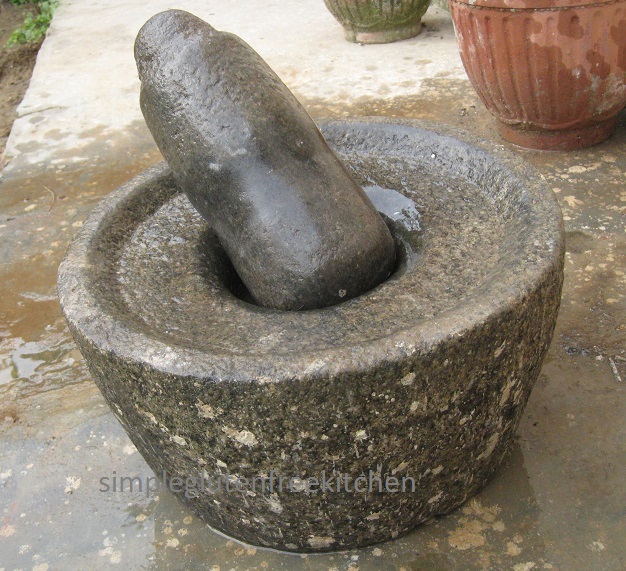If you want to be certain whether a particular English verb is transitive or intransitive, you may sometimes have to indulge in some juggling with words and sentences. You may have to ask yourself questions ending with ‘what’ or ‘whom’ and even then, given the flexibility of the English language, you may not arrive at a surefire answer. Another way to find that out is to try to put the sentence into the passive voice because as a rule if you can manage to do that and get the object of the main sentence to end up as the subject of the sentence in the passive voice, then the particular verb is almost certainly a transitive verb.
For instance, if you want to be sure whether the verb solved in the sentence, “I solved the problem”, is used transitively or intransitively, you ask the question, “solved what?”, and since you do get an answer, i.e., ‘problem’, you could safely conclude that solved is indeed a transitive verb. Besides, it is also easy to put it into the passive voice thus: “The problem was solved by me”. Here, the object of the sentence, viz., ‘problem’, becomes the subject of the second sentence and so you can say for certain that ‘solved’ is a transitive verb.
But then English is English, and transposing a sentence into the passive voice can land one into some ambiguity. For instance, how would you put the following sentence into the passive voice: ‘He gave me the book’? You could say, “The book was given to me by him”, and that would be correct. But couldn’t you also say, “I was given the book by him”? And in that case, would ‘me’ have been the object of ‘gave’ just because you managed to get it transformed into the subject in the passive voice?
In Konkani, on the other hand, there is a fundamental difference between transitive and intransitive verbs, and there can never ever be any such ambiguity. For a student of Konkani it is crucial to know whether a verb is transitive or intransitive. And perhaps that isn’t all that difficult. For while in English the same verb can be either transitive or intransitive depending on the context, that doesn’t happen in Konkani. If you browse through any English dictionary you will find that the majority of verbs can be used both transitively and intransitively. Take, for instance, a simple verb like, ‘break’. When you say, “the bottle broke”, you are using the verb intransitively, for there is no answer to the question, “broke what?”. But if you say, “I broke the bottle”, you are using the same verb transitively. “You broke what?” Answer: the bottle.
Now let us take the Konkani word for the same verb ‘break’. If you want to say, “The bottle broke”, you would use the word futtonk
and say, “
Battli futtli.”
But if you want to say, “I broke the bottle”, you would have to use a totally different (though related) verb, ‘
foddunk‘
instead, and say, “
Hanvem battli foddli”
. Similarly the word ‘bathe’ can be used both intransitively or transitively in English, whereas Konkani has a different word for each: If by ‘bathe’ you mean ‘to have a bath’ (i.e. intransitive) then the Konkani word for it is
nhaunk,
whereas if ‘bathe’ denotes giving a bath to somebody else, then we would use a different word in Konkani:
nhannounk, which is a causative verb meaning ‘to make or cause somebody else to have a bath’.
So in Konkani, unlike English, no verb can be used either transitively or intransitively: it is in essence either the one or the other. Sometimes there may appear to be some ambiguity here, but actually there isn’t. Take, for instance, the Konkani word for open. In English we can use it transtively, e.g., “He opens the window”, or intransitively as in, “The window doesn’t open”. In Konkani too there may seem to be just one word for both, i.e., ugddunk,
but actually there are two different words,
ugddunk and
ugddonk.
Ugddonk is used intransitively as in, “
Zonel ugddona”
(the window doesn’t open), where as if you want to use the word
open transitively, you will have to use
ugddunk as in “
To zonel ugôddta”
(he opens the window). A similar pair of verbs is
humttunk (to uproot) and
humttonk (to be uprooted).
And even apart from that, there is one sure way to determine whether a verb is transitive or intransitive. Just make a sentence with that verb in the simple past tense. Does the subject take the instrumental case? If so, it is a transitive verb, else it is intransitive. As an example let us see the difference between somponk
(to end, to get over), and
votunk (to pour). We can test the difference between them by using them in the past tense. In the sentence, “
Kal tel somplem” (the oil got over yesterday), tel is in the nominative.
Somponk, therefore, is an intransitive verb. But in the sentence “
Kal tannem soro bhair vôtlo“
(Yesterday he poured out the liquor),
tannem is in the instrumental case, making it obvious that the verb
votunk is transitive. It is to be noted, though, that while
votunk is a transitive verb, its fraternal twin,
votonk (to pour as in ” water pours over the dam”) is an intransitive verb, and it is important to be aware of the distinction between the two.



